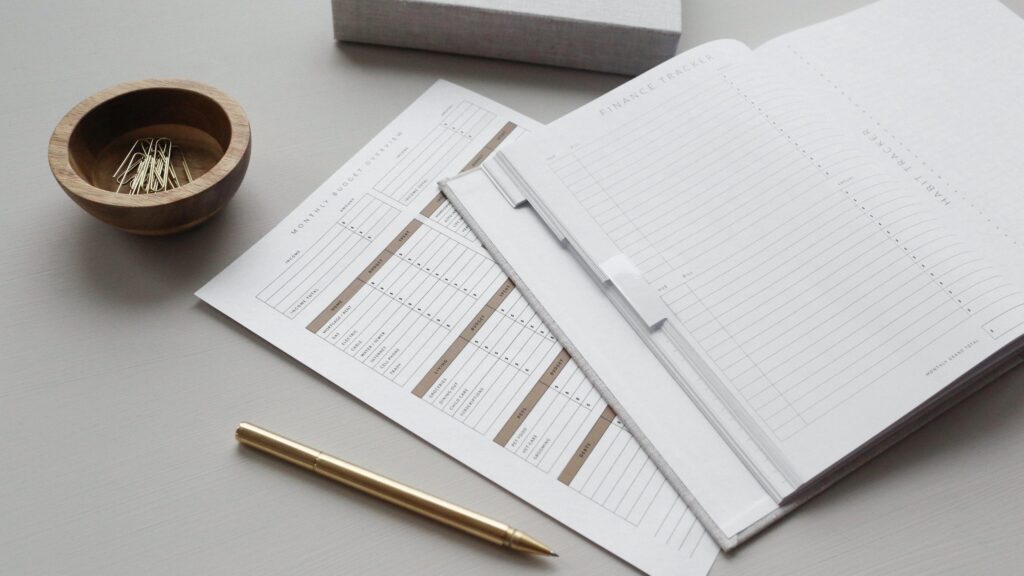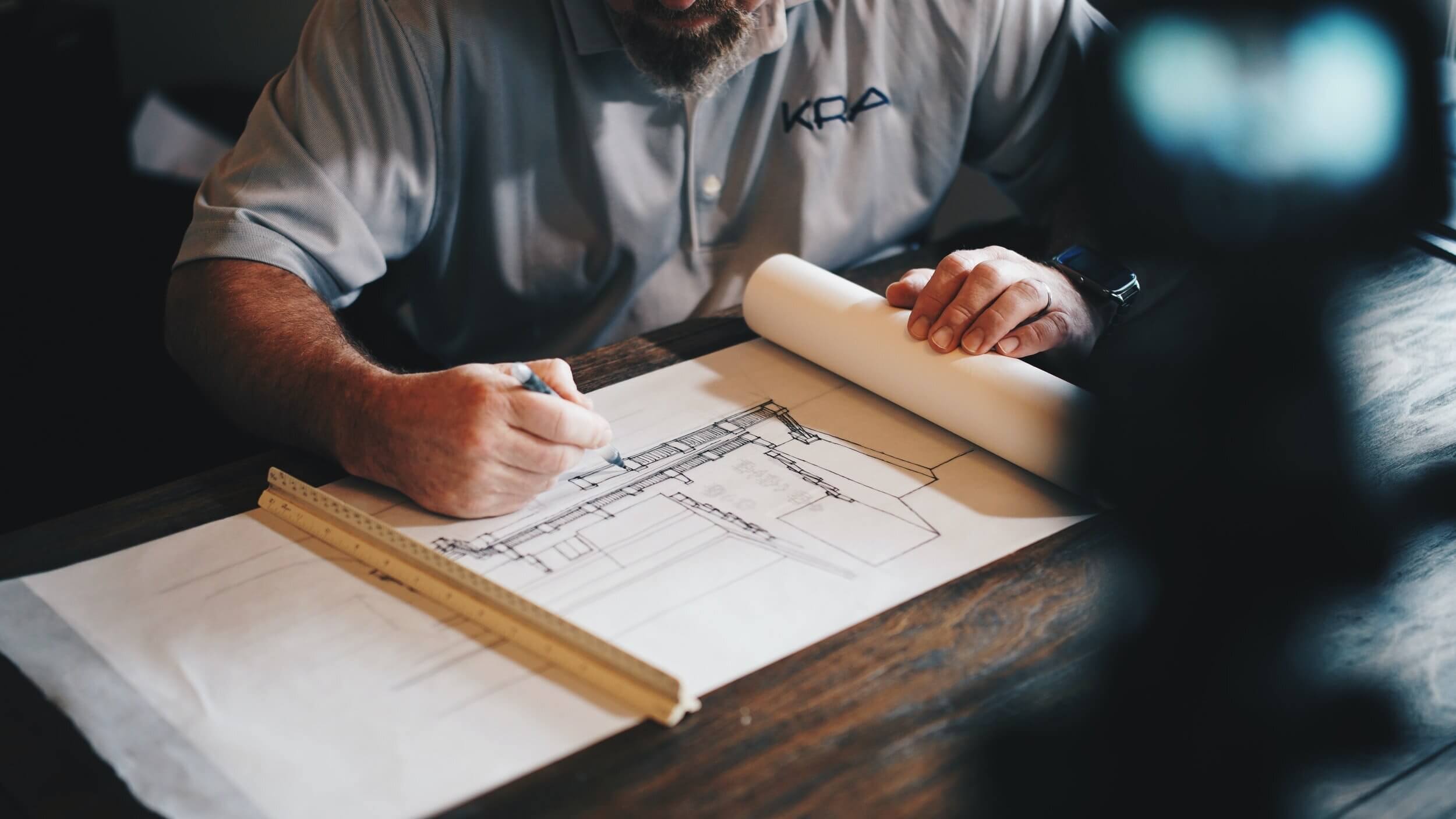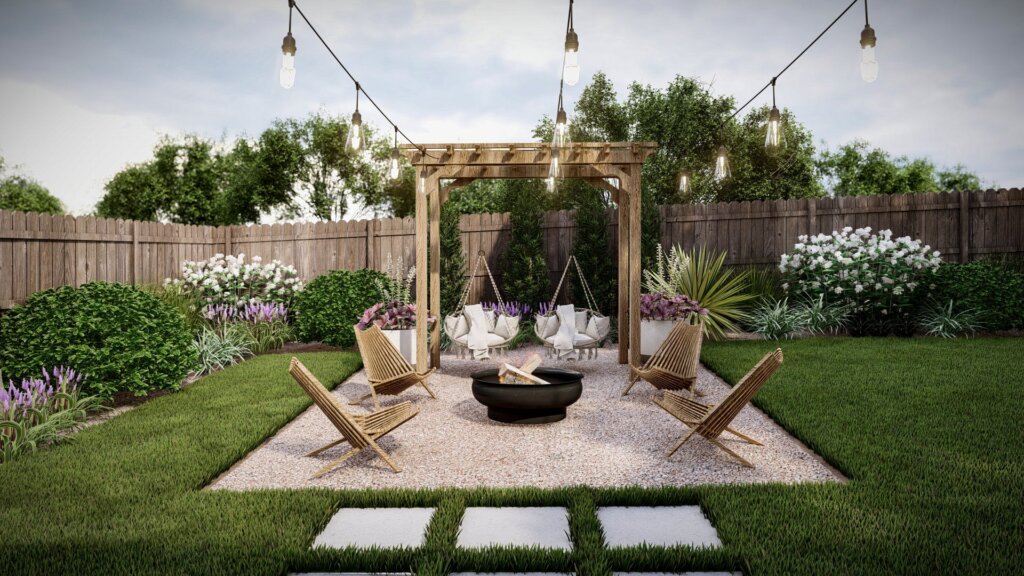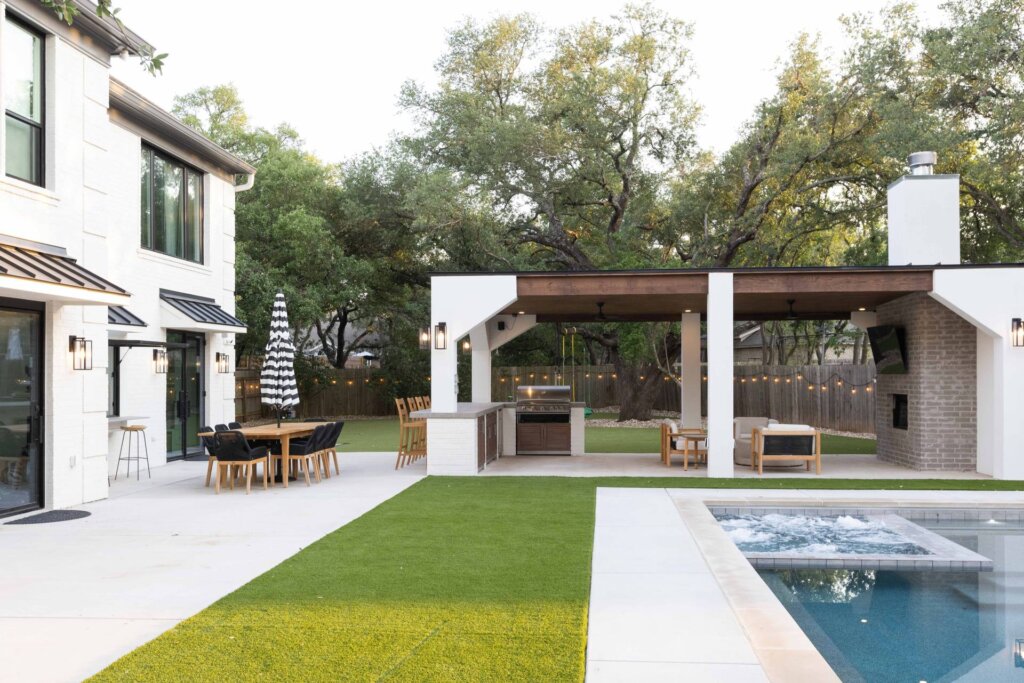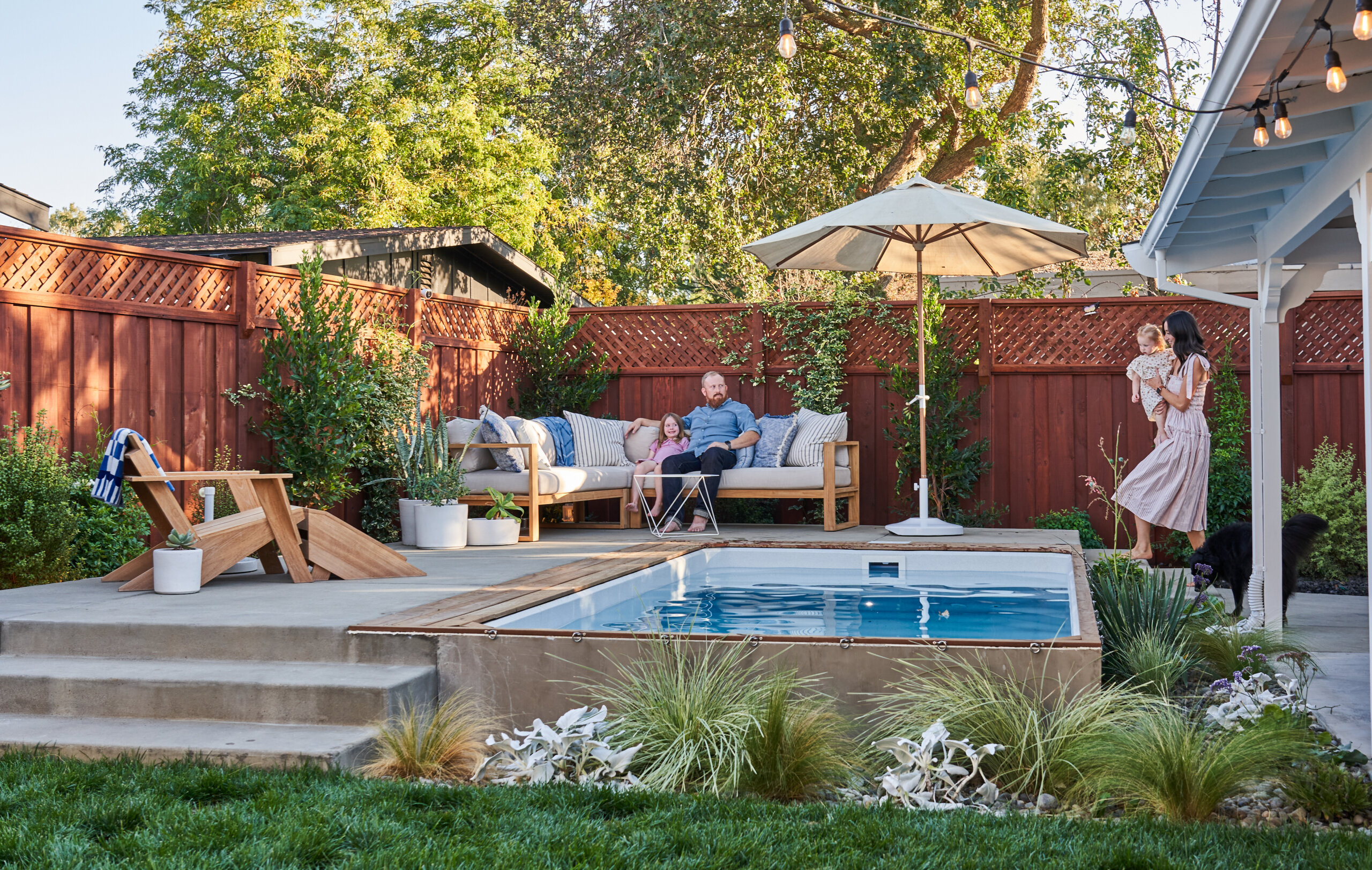

Renovating a landscape can be a huge undertaking. When a project is really big, you might consider doing it in phases. This way, you not only spread out the cost of the project, but you’ll be able to enjoy outdoor areas as they are built and completed. There are a number of things to consider when deciding whether or not to phase a project, and remember that Yardzen’s in-house team of construction experts can help answer any questions you have about phasing your project.
Should I reduce the scope of work, change materials, or eliminate elements to stay on budget and do the project all at once?
This can be the way to go especially if the changes don’t impact your priorities and project goals. However, phasing a project allows you to enjoy parts of your yard sooner rather than later and not compromise on the elements of your design if installing everything at once is cost prohibitive. Contractor’s in Yardzen’s Pro Network are very familiar with clients phasing their projects. In partnership with your Yardzen team, they can make recommendations on how best to phase your project. Keep in mind that phases are usually months apart—sometimes years—but usually not weeks.
Is it more expensive to phase a project?
Phasing a project will typically be more expensive than doing a project all at once. Every phase will likely include mobilizing equipment, getting tools on site, scheduling crews, sourcing materials, and cleaning up when the job is completed, and each of these steps has associated costs.
What variables can affect phasing?
- Access
You’ll want to consider how materials and labor will be getting in and out of your yard and how that may impact completed or future phases of your project. - Order of operations
Typically demolition and grading are followed by hardscaping and planting, with some lighting and irrigation work mixed in. With each phase, make sure you are planning for the next phase. For example if installing a paver patio, be sure there are conduits put in underneath if needed for future lighting or irrigation plans. - Economies of scale
If possible, combine similar material installation all at once. For example if you are replacing a driveway and plan on a new concrete patio in the backyard too, consider doing it all at once while the concrete crews, delivery trucks, pumpers, and finishers are going to be available and on site.
What else should be considered with an approach to phasing?
- Location
Phasing by location can be as simple as doing the backyard first, followed by the front yard later on. The important thing is that any future phase doesn’t negatively impact the work that has previously been done. - Priorities
There may be a best practices approach to phasing a project, but that doesn’t mean ignoring your priorities. Perhaps installing the backyard first is the better order of operation, but the priority is to get the front done ASAP. There are often steps and workarounds to make sure the front doesn’t get impacted by the work later on in the back, so don’t ignore a priority just because it’s not the ideal order of operations.
Do I need separate plans for each phase?
No. Having a complete plan for the project is the most important thing, and separate plans for each phase is not necessary. The details of how to implement it over time can be worked out with the installer.
Featured Articles
FAQ For a Site Walk with Your Contractor

How Much Does Landscaping Cost?
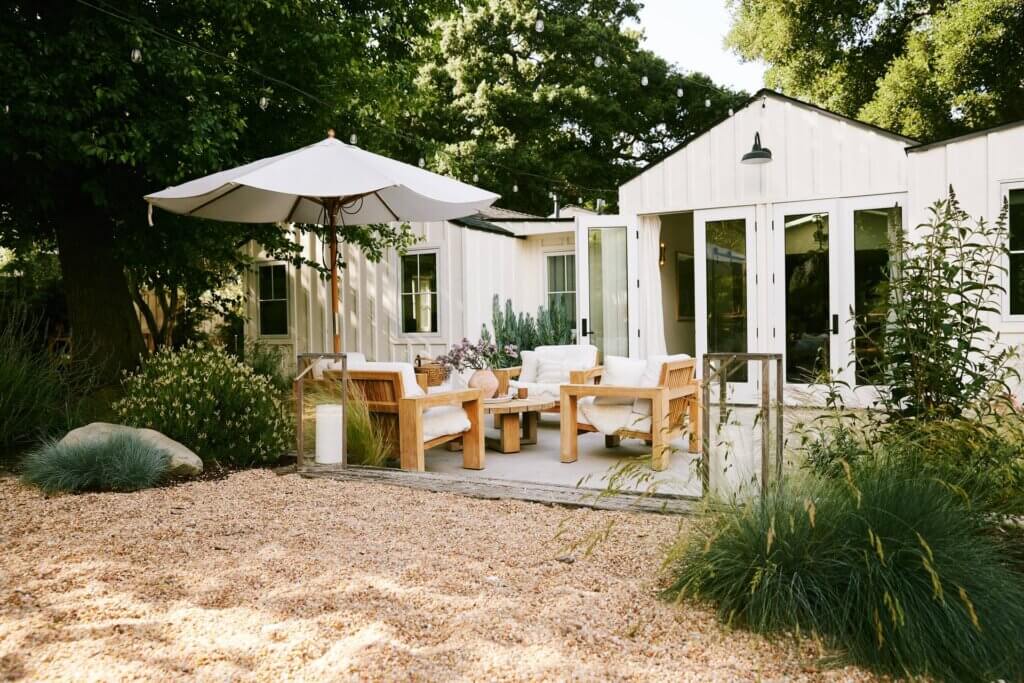
How to Effectively Communicate with Your Contractor

How to Understand, Read, and Refine a Landscaping Estimate
